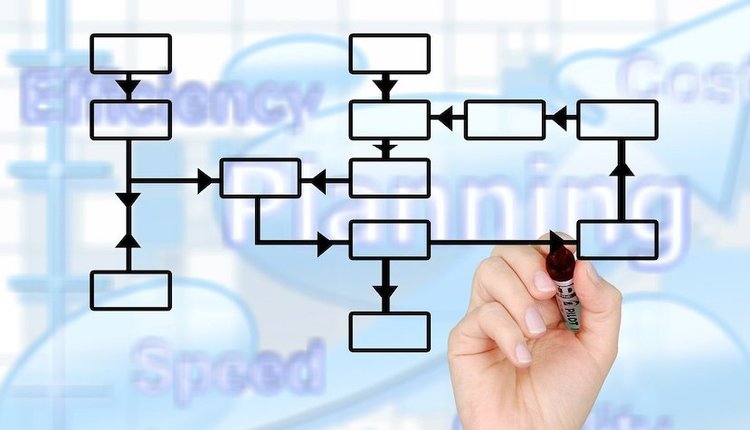
Image by: Jason Reed, ©2016 Getty Images
There is a substantial difference between the two: An efficient person is someone who does things right, and an effective person is the one that does the right things. It is quite common to have staff diligently performing tasks that have absolutely no added value for the organization. So, why do they perform them? Here is when we realize the weight of the past, with the perspective of “We have been doing this for the last 10 years.” If we confront management, they will feel uncomfortable because they are used to this way of working. Routines are indeed a powerful drug.
This is why the first step is so important. The first step may be as simple as registering at the gym, purchasing a sail boat, creating a title for our book or just pausing long enough to analyze our processes in the company and start questioning why they are in place. More important than the task itself, it is the mental attitude required to execute that first step.
Organizations in general and corporations, in particular, are all about documents. Documents are the physical carriers of information, and this information is needed to acquire the knowledge that will be used in decision-making processes. Documents can be any information technology (IT) entity or file: naturally, a digitized piece of paper, but the large majority will be emails, email attachments, PDFs, CADs, videos, Word files—the works.
It is a very sound practice to start asking, “What documents do we have?” Then the next question obviously is, “Why do we have these documents?” When we know the reason to have a particular document, we immediately know whether that document is relevant for the organization or if it is just a remanent of a past need no longer supported. If the document is relevant, then that document will need to have an associated flow inside the organization: People will need to know that the document exists, and people will also need to process it with some sort of decision. This is the basic work of the first step when trying to improve the effectiveness of an organization.
After the above analysis is performed, it is often preferred for most tasks to be performed under an automated procedure, where it is handy to have an electronic content management (ECM)/electronic document management (EDM) tool available that can be configured in order to suit the organization's business needs. There are two issues I find important to clarify:
1. Configuration does not mean development. I am a believer that custom development should be limited to only very specific needs and that the absolute majority of needed functionality should be provided by the standard software as supplied by whatever vendor.
2. It is a mistake when organizations state, “We will draw the flows we will need in the future,” without knowing what solution they will adopt. I am, indeed, a believer that this is a mistake because to draw an effective flow, there are two ingredients that are absolutely necessary:
- Know the business rules
- Know the functionalities of the tool that will implement that flow
Asking “Where do we need to go?” is quite different from “Where do we want to go?” If we do not know what is already possible to achieve with the proper solutions, built on the proper tools, our wants are always much shorter than our needs. "Where we need to go" is a milestone that has to be provided by a number of stakeholders: top management; management consultants, who provide a strategy view outside the box; middle management, who will have to talk to their staff in order to be aware of daily operational booby traps that must be carefully handled for the future; and the consultants in charge of providing the solutions, who are the ones that have the knowledge to implement the necessary tactics needed for the defined strategy. There is a lot here—a lot of specific knowledge, a lot of practical knowledge and a lot of change management and people leadership knowledge. The aim is to have everybody happy to collaborate on such a project not only for the sake of the organization but for the individual sake, since the workload should be easier for each person.
At the end of the day, the organization will be much more effective, both for internal customers and for external ones. People will devote their time to the core business of their tasks, not having to worry about administrative procedures, now handled automatically by the ECM/EDM infrastructure. We are only limited by our own imagination—and it all started with the first step.
At the end of the day, the organization will be much more effective, both for internal customers and for external ones. People will devote their time to the core business of their tasks, not having to worry about administrative procedures, now handled automatically by the ECM/EDM infrastructure. We are only limited by our own imagination—and it all started with the first step.
Joao Penha-Lopes specializes in document management since 1998. He holds two postgraduate degrees in document management from the University Lusofona (Lisbon) and a PhD from Universidad de Alcala de Henares (Madrid) in 2013, with a thesis studying the economic benefits of electronic document management (EDM). He is an ARMA collaborator for publications and professionally acts as an advisor on critical information flows mostly for private corporations. Follow him on Twitter @JoaoPL1000.
















